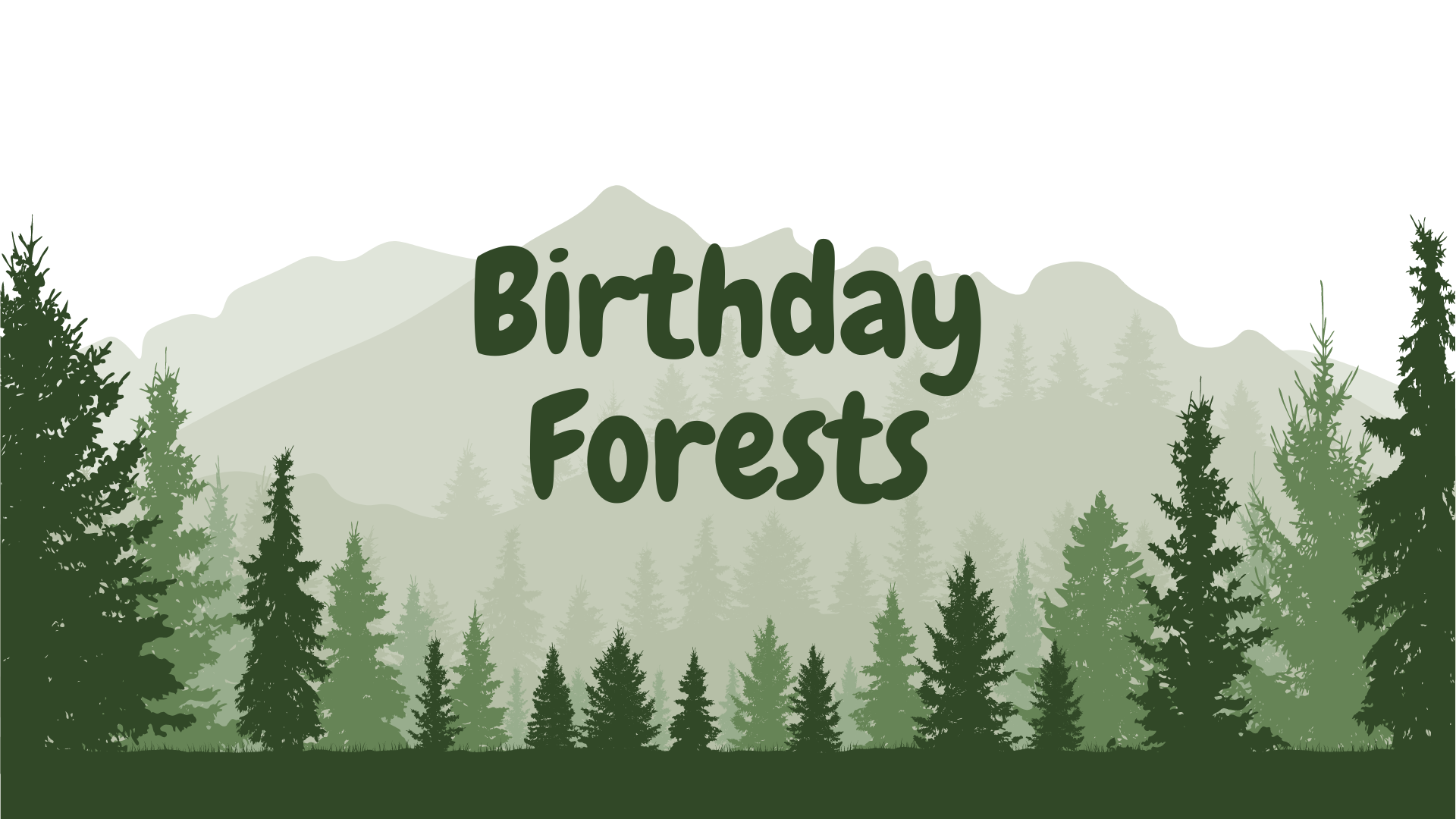
Trees play a crucial role in mitigating and adapting to climate change, making them powerful allies in the fight against global warming. Understanding the relationship between climate change and trees, and implementing effective strategies, is essential for promoting environmental resilience and sustainability.
Impact of Climate Change on Trees
- Temperature Extremes:
- Trees are sensitive to temperature changes, including heatwaves and cold snaps, which can affect growth patterns, flowering times, and overall health.
- Rising temperatures can disrupt ecosystems by altering the timing of biological events such as bud burst and leaf senescence.
- Changing Precipitation Patterns:
- Shifts in precipitation patterns, including droughts and heavy rainfall events, influence water availability for tree growth and survival.
- Drought-stressed trees are more susceptible to pests, diseases, and mortality, leading to forest dieback and ecosystem degradation.
- Carbon Sequestration and Storage:
- Trees sequester carbon dioxide from the atmosphere through photosynthesis, storing carbon in their biomass and soils.
- Forest ecosystems act as carbon sinks, mitigating greenhouse gas emissions and helping to regulate global climate patterns.
Mitigation Strategies
- Afforestation and Reforestation:
- Expand forest cover through afforestation (planting trees in areas that were not previously forested) and reforestation (restoring degraded forests).
- Enhance carbon sequestration capacity and biodiversity conservation by prioritizing native tree species and resilient ecosystems.
- Urban Forests and Green Infrastructure:
- Promote urban forestry initiatives to increase green spaces in cities, reducing urban heat island effects and improving air quality.
- Plant trees strategically to shade buildings, cool ambient temperatures, and enhance energy efficiency in urban environments.
- Agroforestry and Sustainable Land Use:
- Implement agroforestry systems that integrate trees with agricultural crops, improving soil health, water retention, and crop resilience.
- Adopt sustainable land management practices that reduce deforestation, prevent soil erosion, and enhance ecosystem services.
Adaptation Strategies
- Species Selection and Silvicultural Practices:
- Select tree species adapted to future climate conditions, considering temperature tolerance, drought resistance, and pest resilience.
- Implement silvicultural practices such as selective harvesting and thinning to maintain forest health and resilience to climate stressors.
- Assisted Migration and Genetic Diversity:
- Facilitate assisted migration of tree species to suitable habitats as climate zones shift, helping forests adapt to changing environmental conditions.
- Preserve genetic diversity within tree populations to enhance resilience to pests, diseases, and environmental variability.
- Community Engagement and Education:
- Raise awareness about the role of trees in climate change mitigation and adaptation through community outreach, education programs, and public campaigns.
- Engage local communities in tree planting initiatives, citizen science projects, and advocacy efforts to promote sustainable forest management practices.
Conclusion
Climate change poses significant challenges to global ecosystems and human well-being, but trees offer promising solutions through their capacity to sequester carbon, regulate temperatures, and enhance ecosystem resilience. By integrating mitigation and adaptation strategies into forest management, urban planning, and agricultural practices, we can harness the power of trees to build a more sustainable future. Investing in resilient tree species, protecting forest ecosystems, and fostering community stewardship are crucial steps toward mitigating climate impacts and ensuring the long-term health of our planet’s natural resources.


 Cart is empty
Cart is empty 







